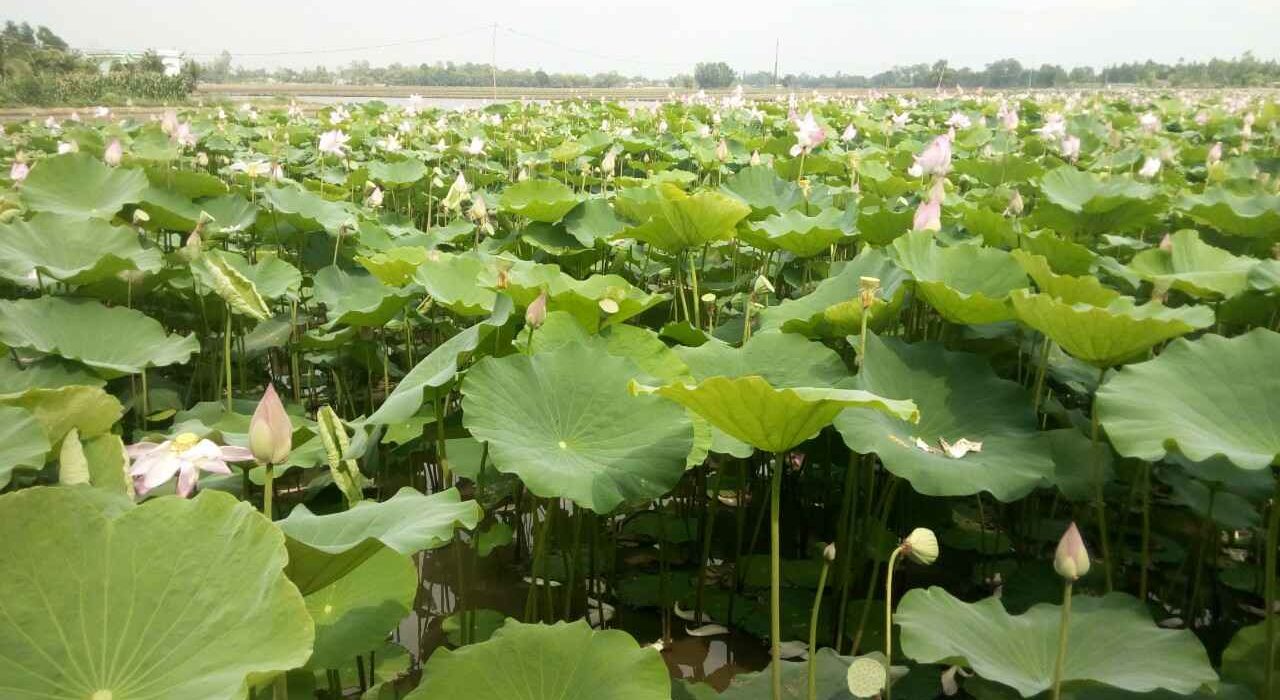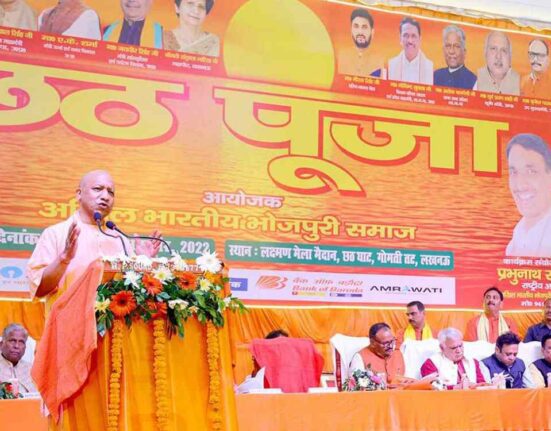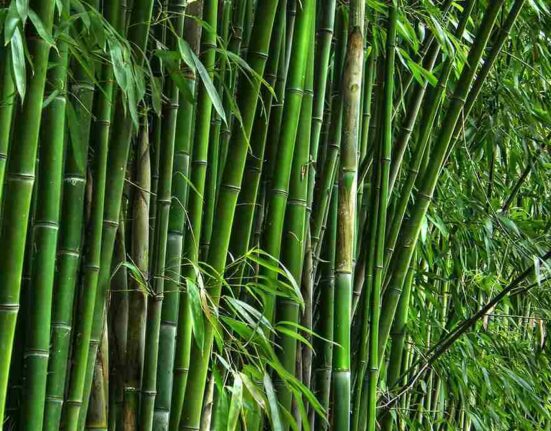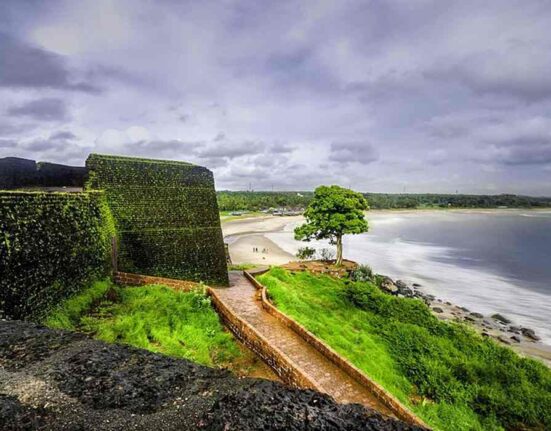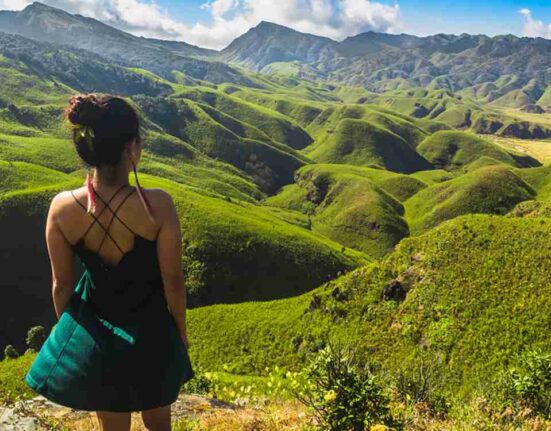The goal of Target 11 was to effectively conserve 17% of all land and inland waterways and 10% of the ocean by the end of the decade. It was part of the Aichi Targets, which were agreed at the 2010 UN Convention on Biological Diversity (CBD) COP in Nagoya, Japan’s Aichi Prefecture. Despite making some headway in that direction, by 2020 just 15% of the Earth’s land area and 7% of its marine area were predicted to be under conservation. Furthermore, it is uncertain how well these regions function or how much effective conservation outcomes are achieved there. However, Target 11 did spur nations to take efforts towards finding, recognizing, and reporting “other effective area-based conservation measures,” or OECMs. These actions included creating more terrestrial and marine protected areas.
Studies conducted by scientists indicate that half of the earth has to be kept in a natural condition in order to address both the biodiversity crisis and the climate crisis. The majority of experts concur that achieving a protection level of at least 30% by 2030 is a sound interim objective. This goal is part of the 30×30 Global Biodiversity Framework (GBF), which was endorsed by nations at the CBD COP15 in Montreal in December 2022. We will need to more than treble ocean protection and double the amount of land protection now in place to meet the target. The High Ambition Coalition, which supports 30×30, has more than 100 members.
Special-use forests (SUFs), which are overseen by the Ministry of Agriculture and Rural Development, are the sole system of protected areas recognised by law in Vietnam. By 2020, “9% of the land area and 0.24% of the marine area of Vietnam will be protected in the SUF system,” according to MARD’s Strategy for Management of the SUF System. However, only 2 million hectares (6%) of the total land area was covered by SUFs as of 2020, and there is currently little interest in growing or expanding SUFs.
By 2030, “9% of the land area; and 3-5% of the marine and coastal areas of the country shall be protected,” states Vietnam’s National Biodiversity Strategy and Action Plan (NBSAP). Applying efficient conservation techniques outside of protected zones is also mentioned.
“A geographically defined area other than a Protected Area, which is governed and managed in ways that achieve positive and sustained long-term outcomes for the in-situ conservation of biodiversity, with associated ecosystem functions and services and, where applicable, cultural, spiritual, socio-economic, and other locally relevant values,” according to the IUCN, is what is meant by an OECM. Outside of protected areas, OECMs may recognize, assist, and secure locations with high conservation value and sound governance.
Outside of protected areas, Vietnam is home to several expansive production and protection landscapes that include regions with a high value for biodiversity. Opportunities exist for recognizing, supporting, and reporting OECMs here. This is maybe Vietnam’s greatest chance to reach the 30×30 goal.
There are now 122 Key Biodiversity Areas (KBAs) in Vietnam, totaling 37,522 km2. Only 81 of these KBAs are included in terrestrial or marine protected areas, leaving the remaining 41 KBAs unprotected by law and potentially suitable for designation as OECMs.
Outside of SUFs, OCEMs can be used for a variety of land purposes. Examples comprise:
- Natural forest regions classified as production or protection forests, particularly sizable tracts under the management of state forestry firms (SFCs). A logging moratorium has been in effect since 2016. Although they have been economically logged out, many SFCs still have significant conservation values and may be classified as OECMs.
- Three rice crops are now grown annually in substantial portions of the floodplain of the Mekong Delta. A large number of these are switching back to one rice crop per year and a flood-based crop like lotus in accordance with Resolution 120, announced in 2017. These semi-natural wetlands regions might be designated as OECMs since they will aid in restoring ecosystem services and biodiversity.
- In the Central Highlands, coffee has to be intercropped with durian, passion fruit, avocado, and other fruit trees in order to move away from monocultures and towards mixed agroforestry. This new crop combination has a high value and requires a lot less water, reducing the developing water shortages during the dry season. Large areas may be designated as OECMs if this transition was coupled with strong conservation of the remaining natural forest regions.
- HCMC and Hanoi have some of the lowest rates of green space per person in the whole globe. Undeveloped land that provides essential migratory bird habitat, such Bai Giua in the Red River and marshy regions in HCMC’s Nha Be District, might be turned into urban parks that could be recognised as OECMs.
- Large tracts of land are managed by private corporations, such as dairy and tourist businesses. These lands would be prospective OECMs if they are sufficiently large and are maintained to preserve biodiversity.
The Ministry of Natural Resources and Environment (MONRE), which is in charge of establishing environmental standards and conserving biodiversity outside of SUFs, has the authority to encourage the use of OECMs. Thus, MONRE may play a far larger part in the preservation of in situ biodiversity.
As for the following actions, it is suggested that MONRE take them.
- Include OECMs in the next revision of the Biodiversity Law.
- Once OECMs are acknowledged by the legislation, write the OECM implementing rules by modifying the IUCN’s technical recommendations.
- Update KBAs using the most recent Red List information, then use them as the rationale for mapping prospective OECMs.
- Work with companies, farmer groups and cooperatives, forest management boards, provincial governments, and other organisations that look after vast tracts of land with high biodiversity value to confirm possible OECMs when the OECM implementing rules are in place.
A new classification, OECM, was created to highlight successful conservation outside of protected areas. Therefore, it is necessary to socialise the idea. A nationwide dialogue is required to introduce this approach and show how OECMs may be used from a technological, policy, and institutional standpoint. In addition to assisting Vietnam in fulfilling its international obligations, institutionalising OECMs would also aid in the protection of some of the country’s most biodiverse but endangered habitats, including isolated karst hills, seasonally flooded grasslands, and coastal mudflats that are underrepresented in the protected area network.


